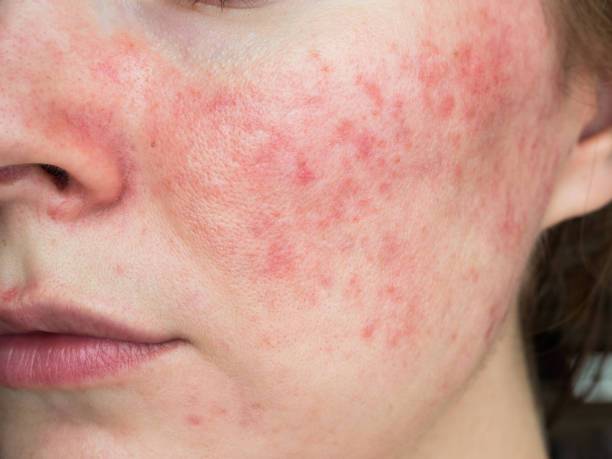
Managing Rosacea
Rosacea is more than redness—it’s a chronic condition causing sensitivity, redness, and breakouts. At Kaya Cosmedica, we offer tailored treatments

Rosacea is more than redness—it’s a chronic condition causing sensitivity, redness, and breakouts. At Kaya Cosmedica, we offer tailored treatments

Dr. PK emphasizes the advantages of Ultherapy over HIFU for skin lifting and tightening at Kaya Cosmedica. Ultherapy is TGA-approved,
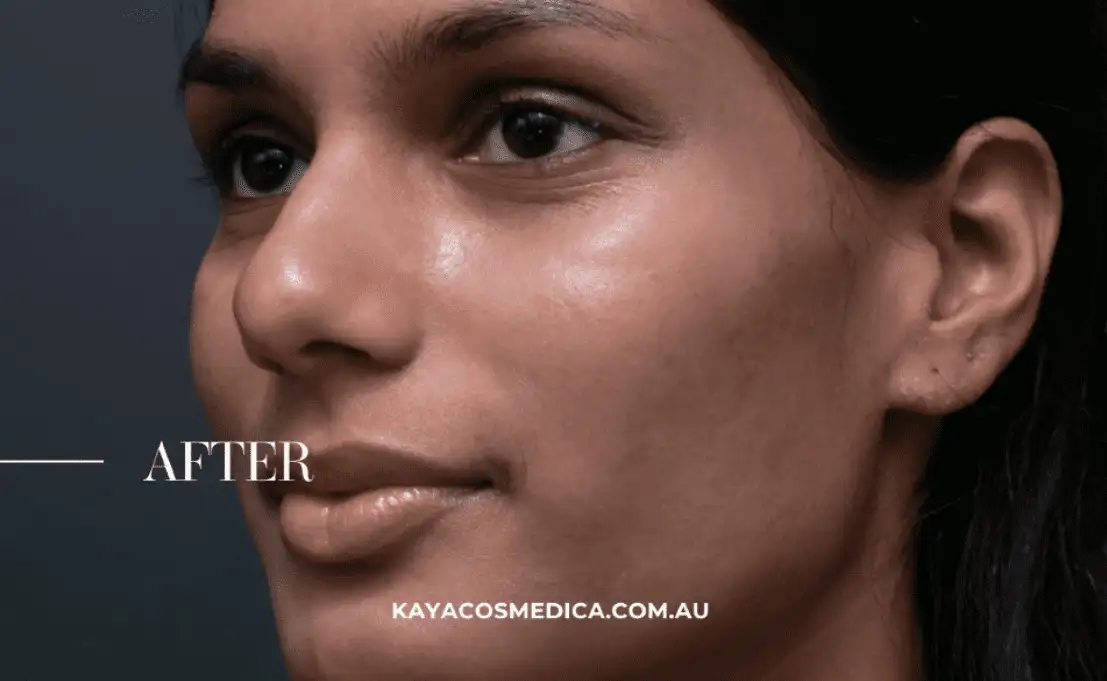
Dermamelan and Cosmelan are two popular treatments for hyperpigmentation, with Dermamelan being 20-30% stronger, making it more effective for severe
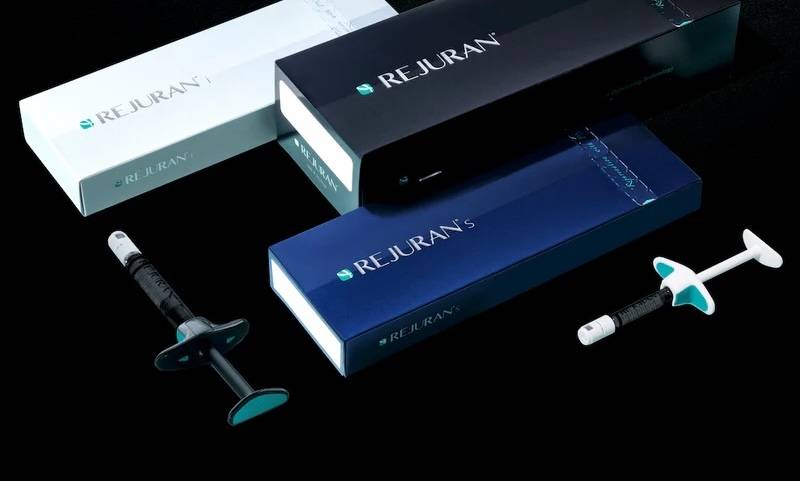
Kaya Cosmedica introduces Rejuran, an innovative injectable treatment using salmon DNA-derived Polynucleotides to improve skin quality and hydration. Focused on
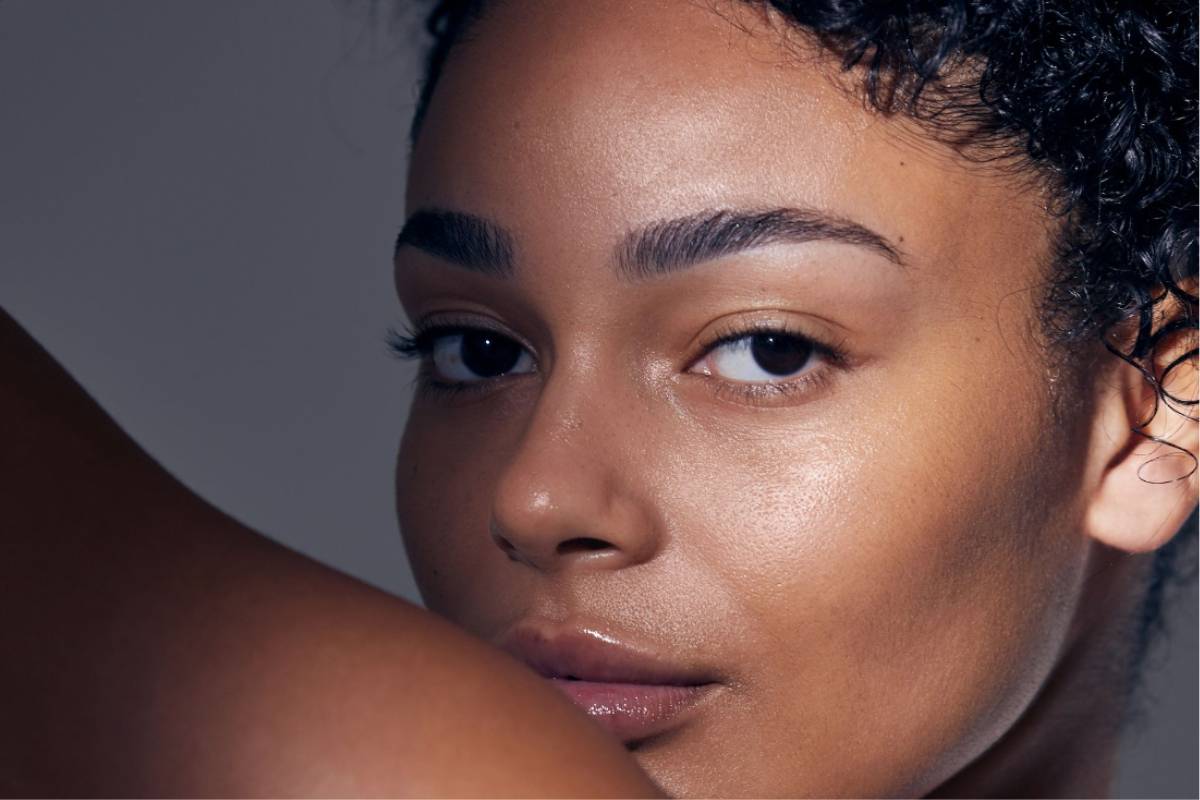
Get event-ready skin this spring at Kaya Cosmedica with personalised treatments
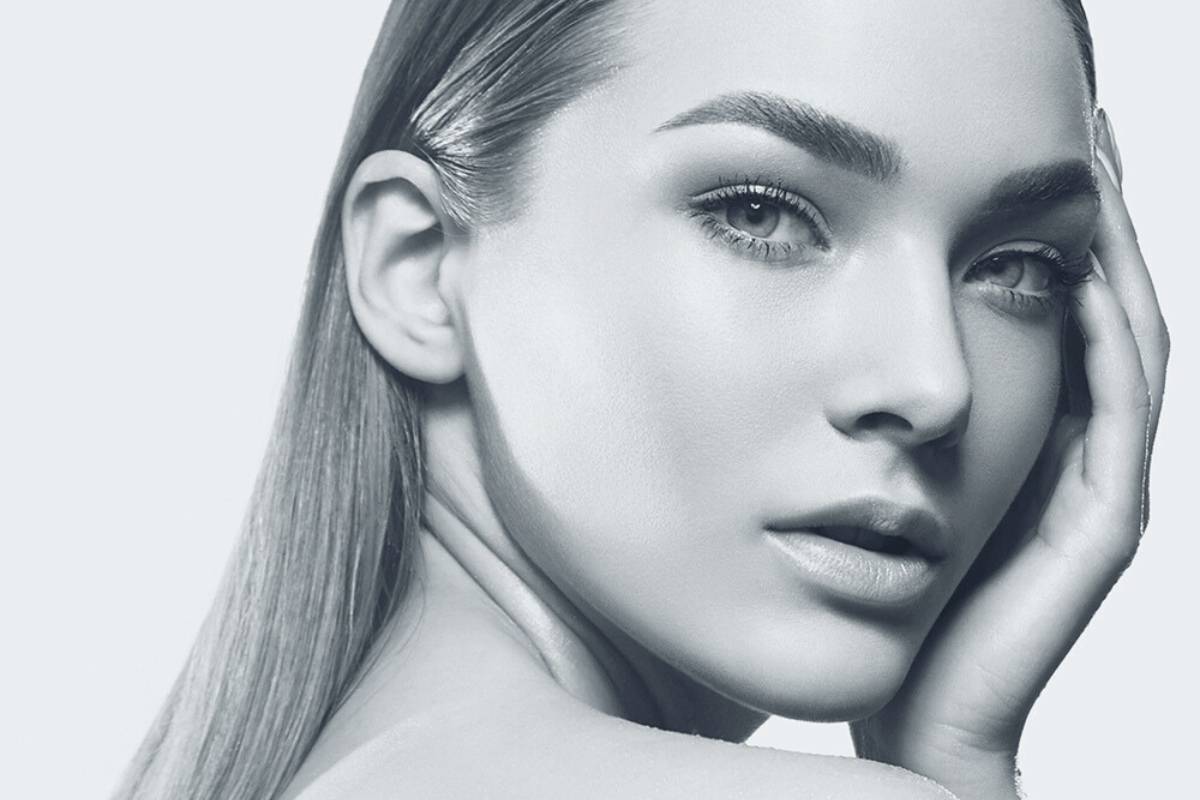
Rejuvenate your skin from within with Exosome Therapy – boosting collagen, enhancing elasticity, and revealing a youthful glow.

What are the differences between dry skin and dehydrated skin? At first glance they may seem identical, but they are

Discover Kaya Cosmedica’s Values and meet Dr Parvin Khinda, affectionately known as Dr. PK, a renowned Cosmetic Doctor and Founder

Boost your skin hydration with Dr Parvin Khinda by experiencing one of our advanced skin hydration treatments at Kaya Cosmedica.
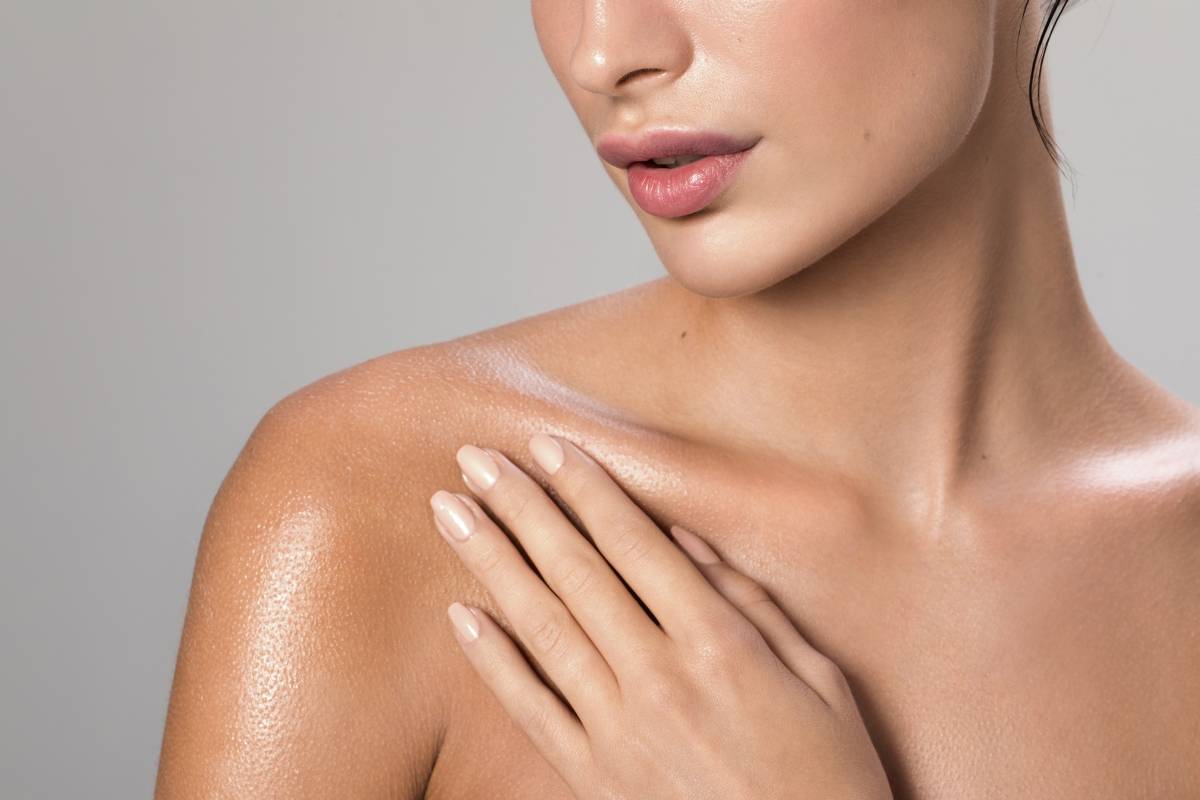
Rejuvenate your sun-damaged décolletage with Kaya Cosmedica’s advanced treatments such as BBL Therapy and RF Microneedling
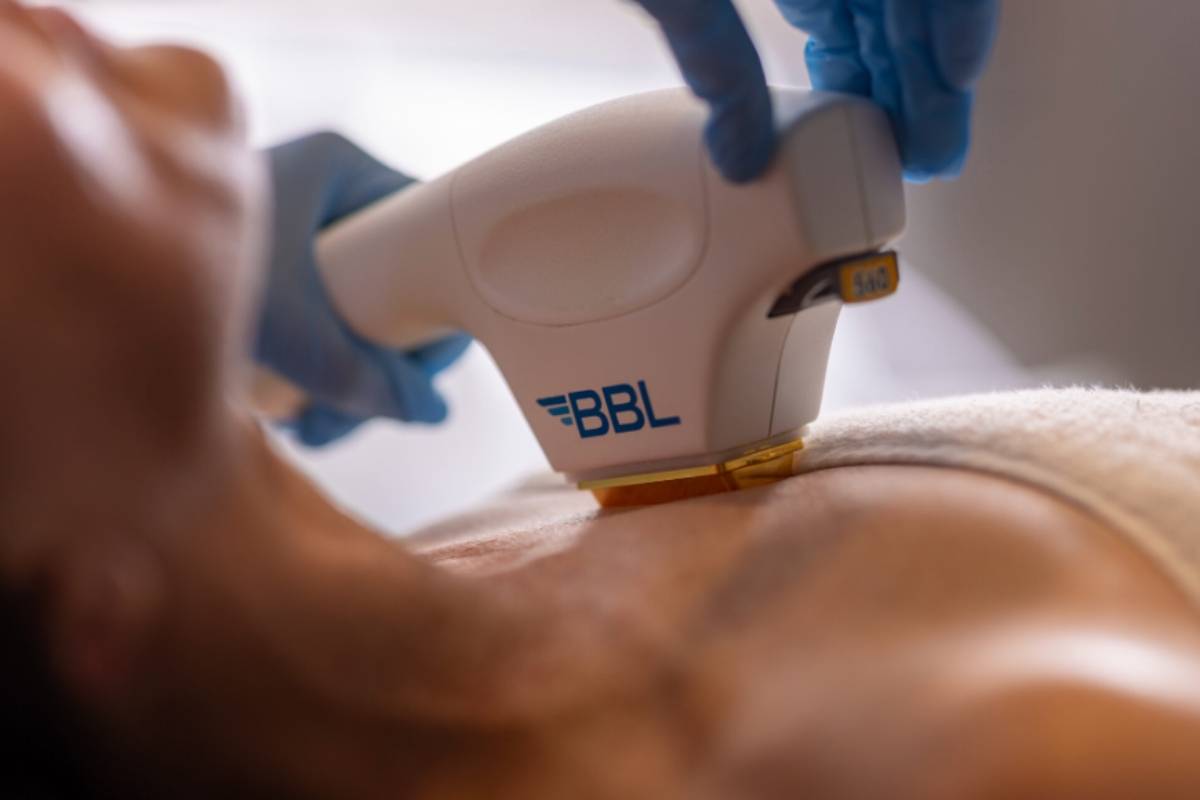
Winter is the best time to plan for glowing skin in spring. Cool temperatures and low humidity make it perfect

Wedding Prep Tips from Dr PK – Want to look your best on your big day? Consult with Dr PK
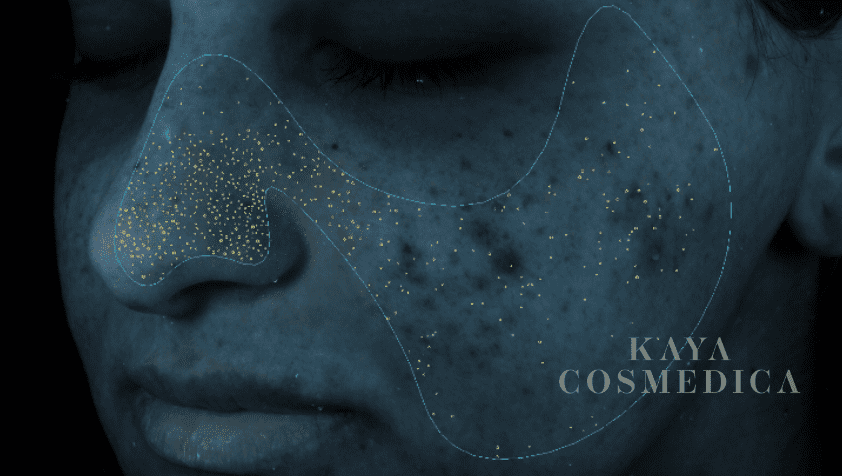
Struggling with acne and tired of ineffective over-the-counter remedies? At Kaya Cosmedica, we provide personalised acne treatment to fit your
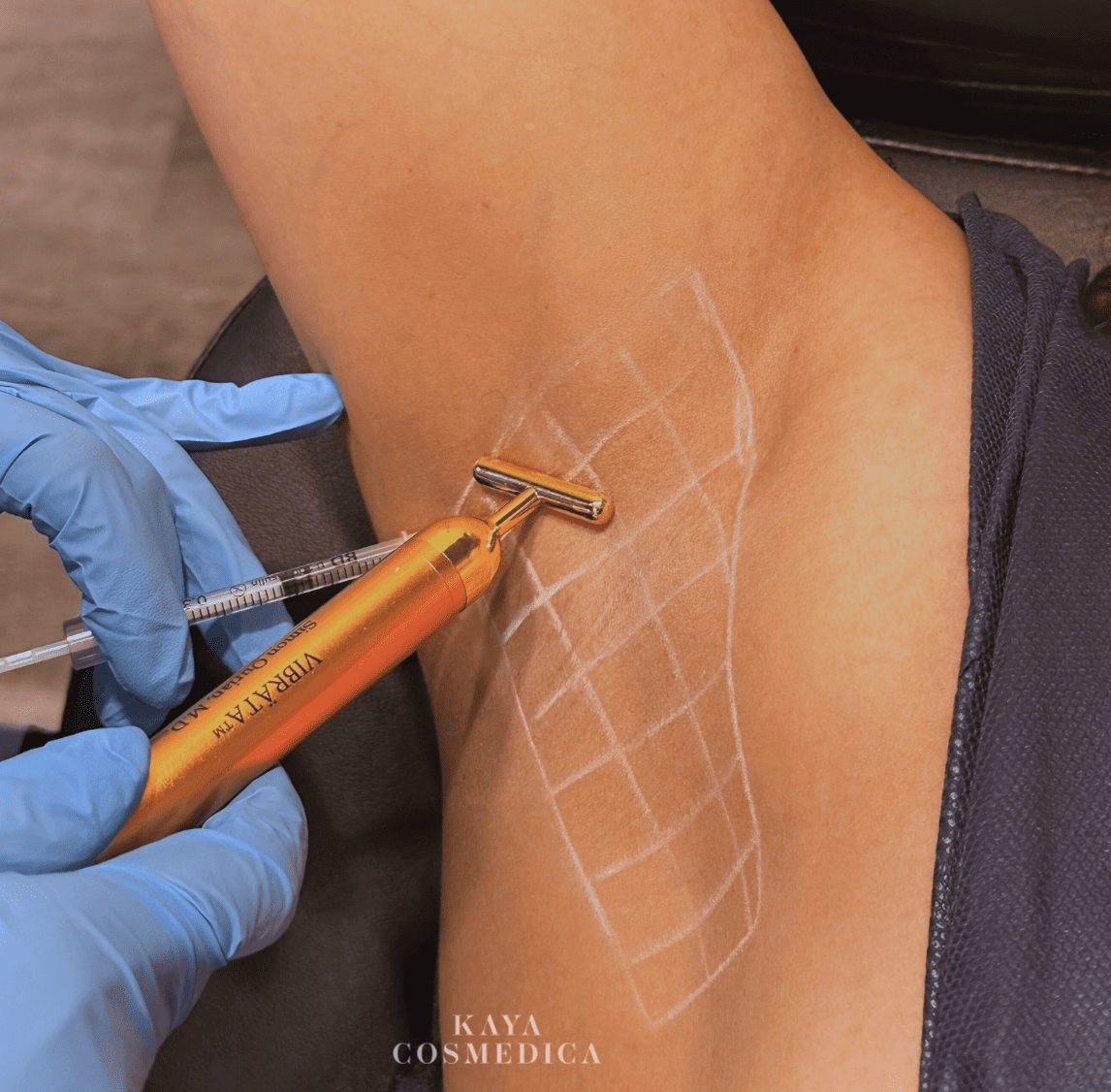
Excessive sweating can be distressing and impact your quality of life. Seek medical advice if you sweat excessively due to
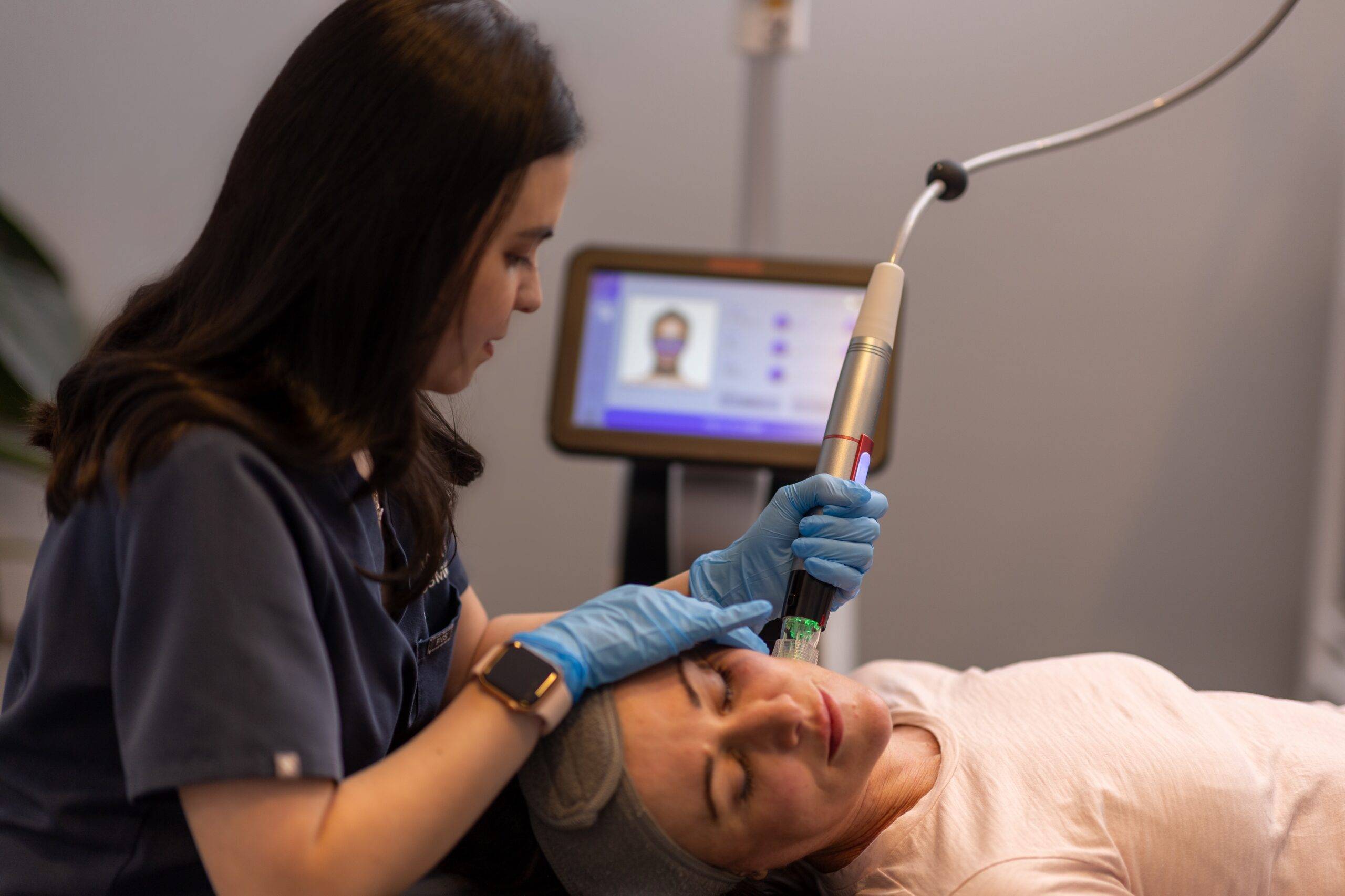
Tired of dealing with stubborn acne? Or struggling with acne scars? There is help. Safe and effective acne treatments are
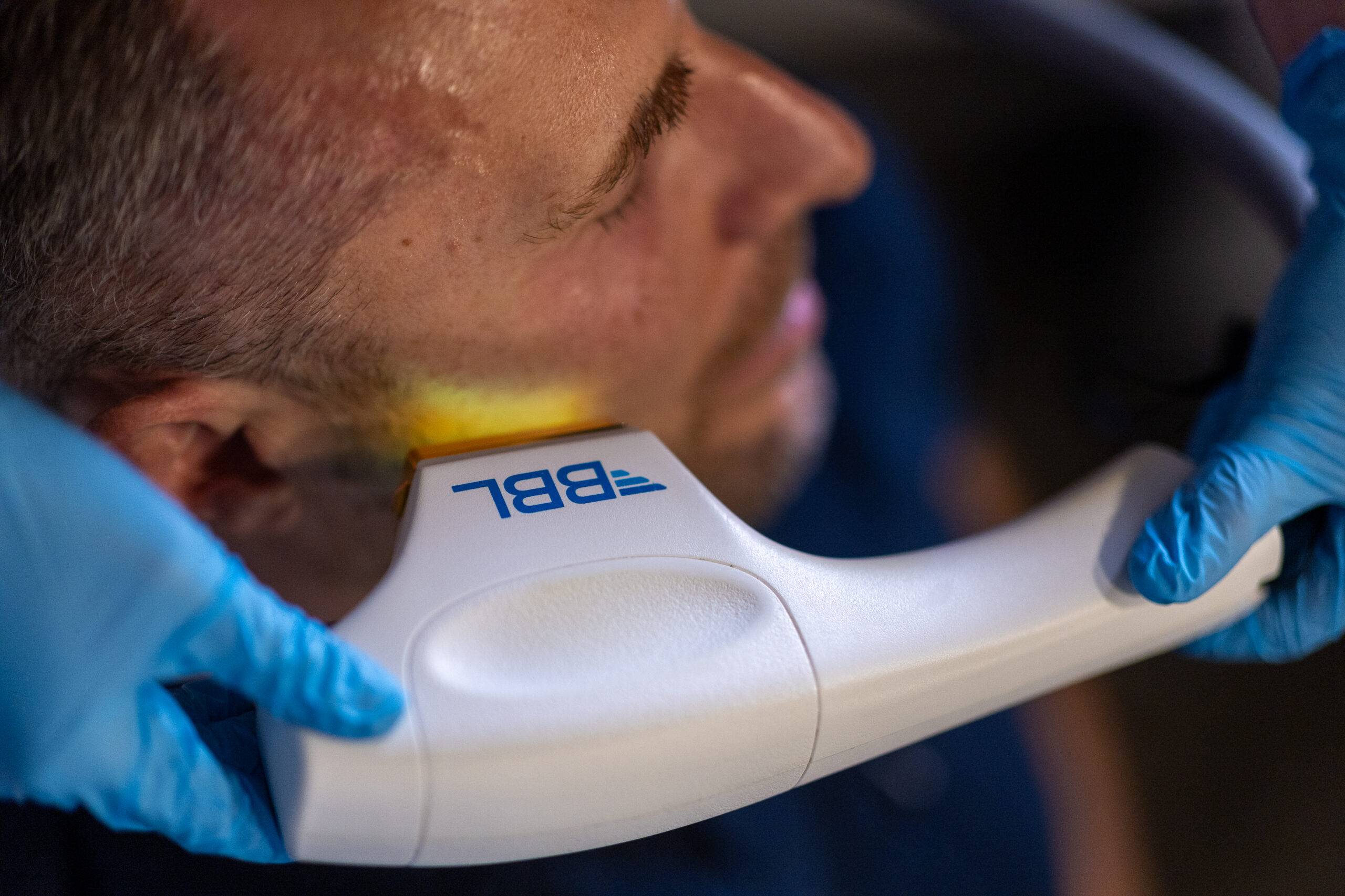
Say goodbye to skin imperfections with BroadBand Light (BBL) therapy from Kaya Cosmedica in South Melbourne. This gentle and non-invasive

Finding the perfect aesthetic practitioner can take time, but is crucial for safe and satisfactory results. With endless options available,
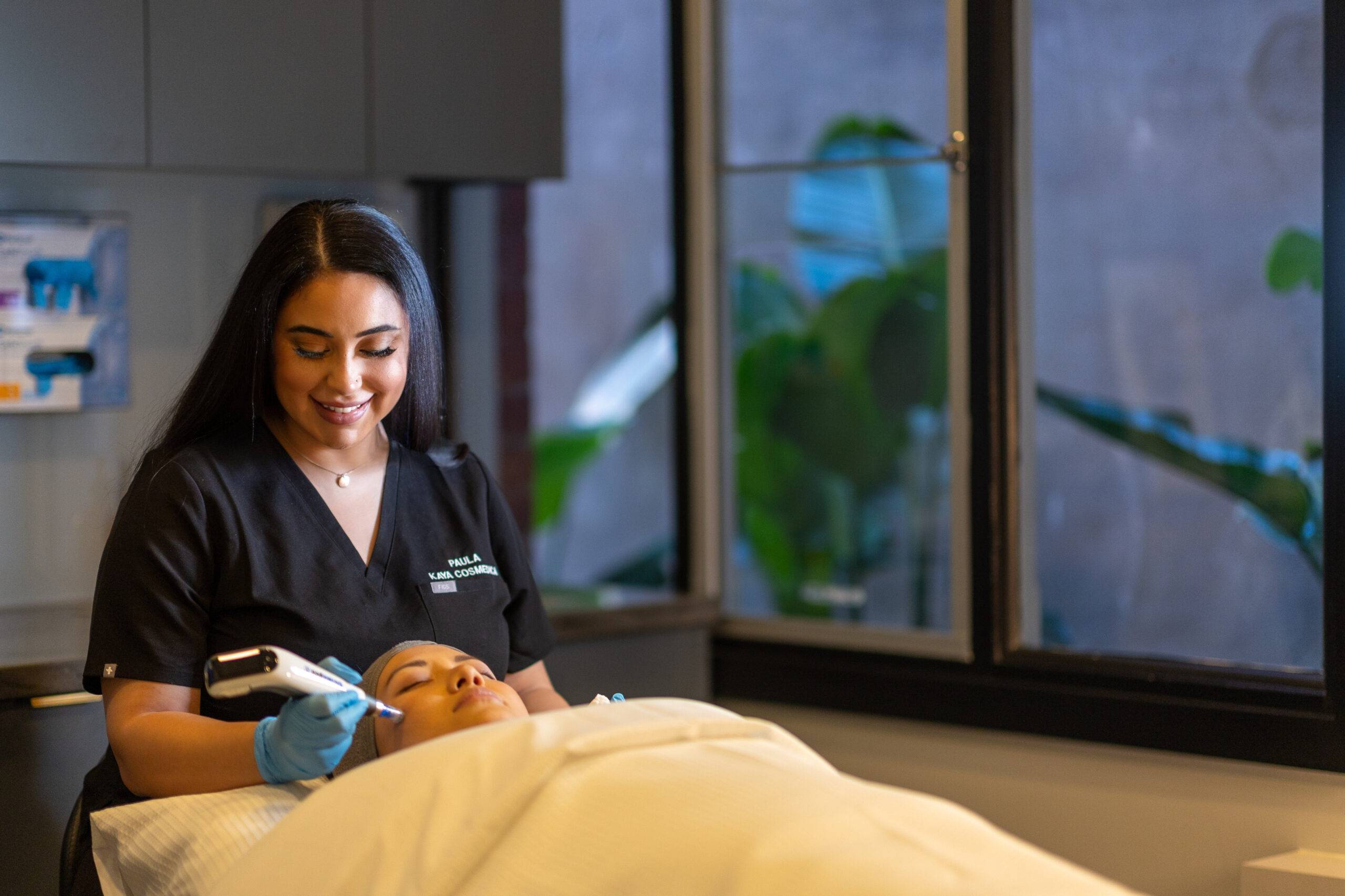
Look and feel your best on your wedding day with Kaya Cosmedica’s customised treatment plan. We’ll address your specific concerns
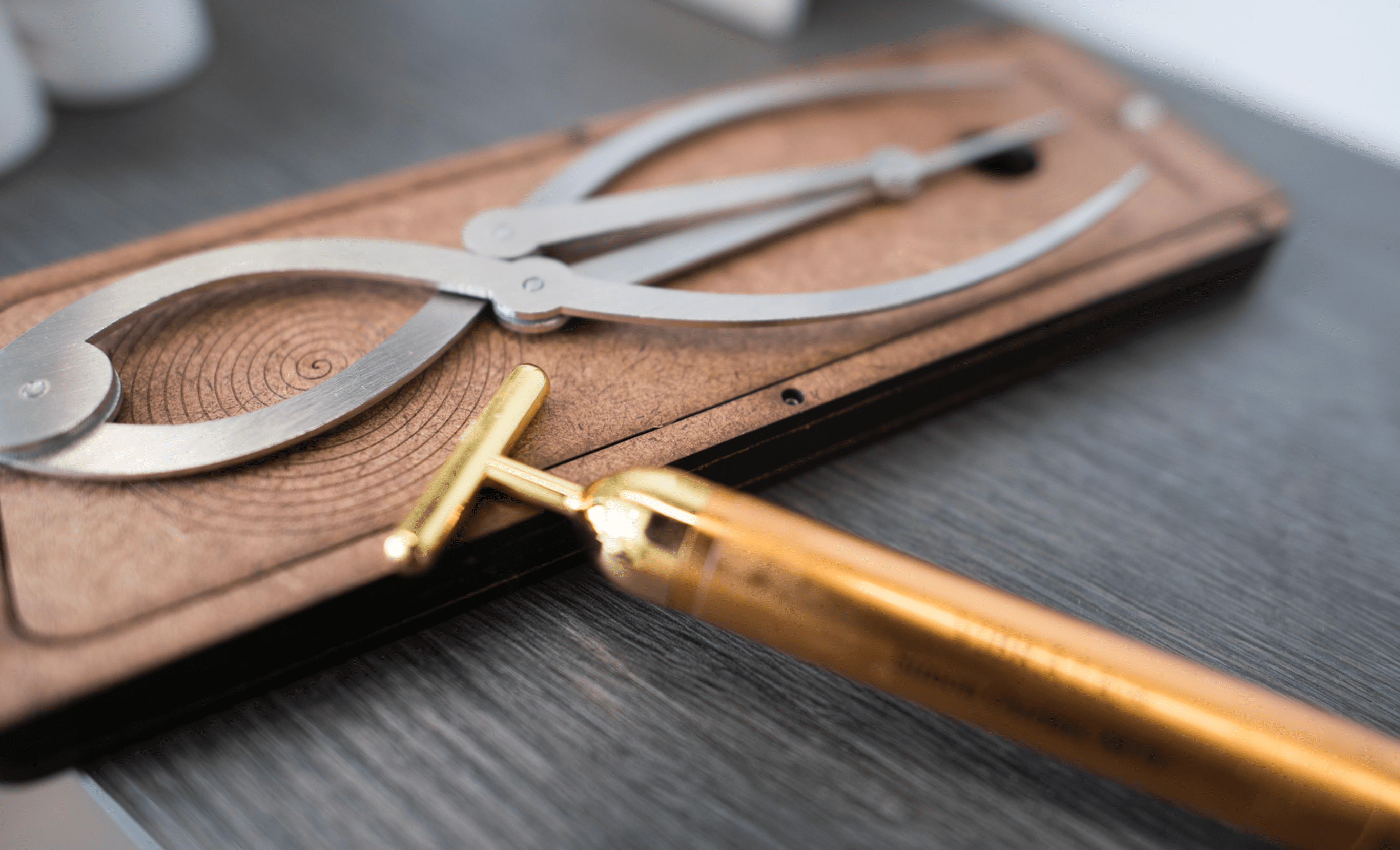
Visit Kaya Cosmedica for professional aesthetic procedures. Dr. Parvin Khinda has 20 years of experience providing personalised treatment plans. Achieve

Come to Kaya Cosmedica for expert cosmetic enhancements with Dr. Parvin Khinda. With 20+ years of experience, she offers personalized
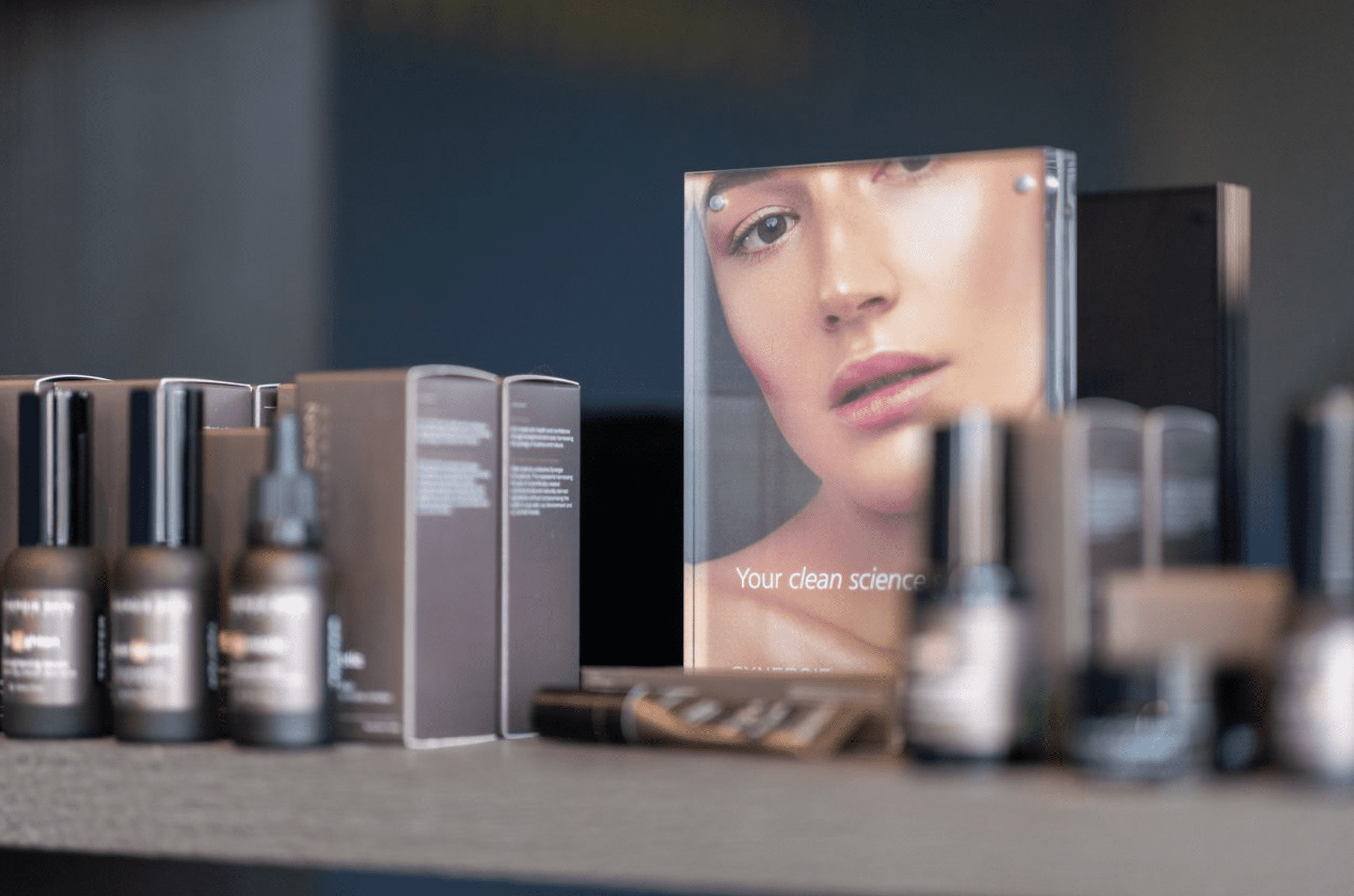
Achieve Radiant Skin with Our Recipe for Great Skin. Healthy skin involves a holistic approach that nourishes both the inside
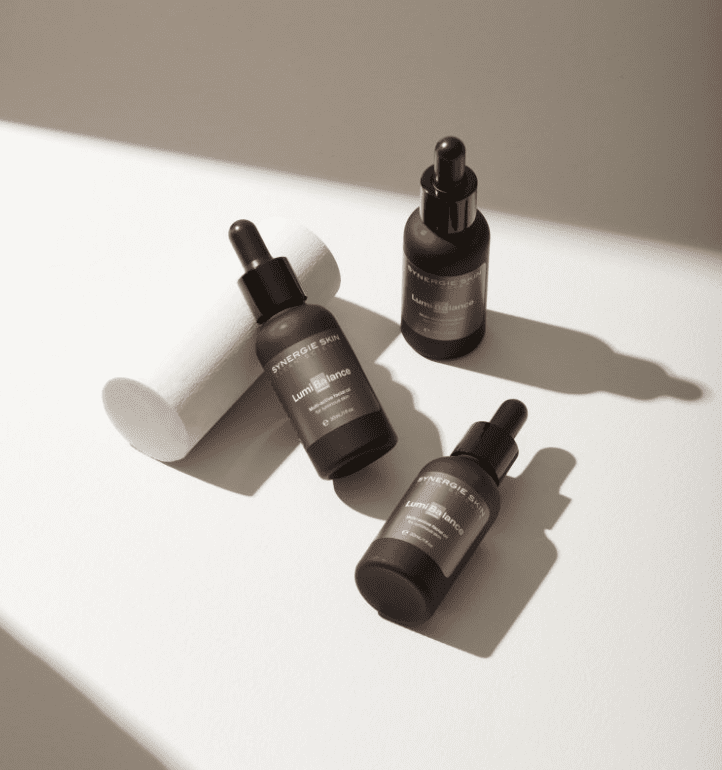
Looking for the perfect holiday gift? Give the gift of healthy skin with Synergie Skin’s quality skincare products. Synergie Skin
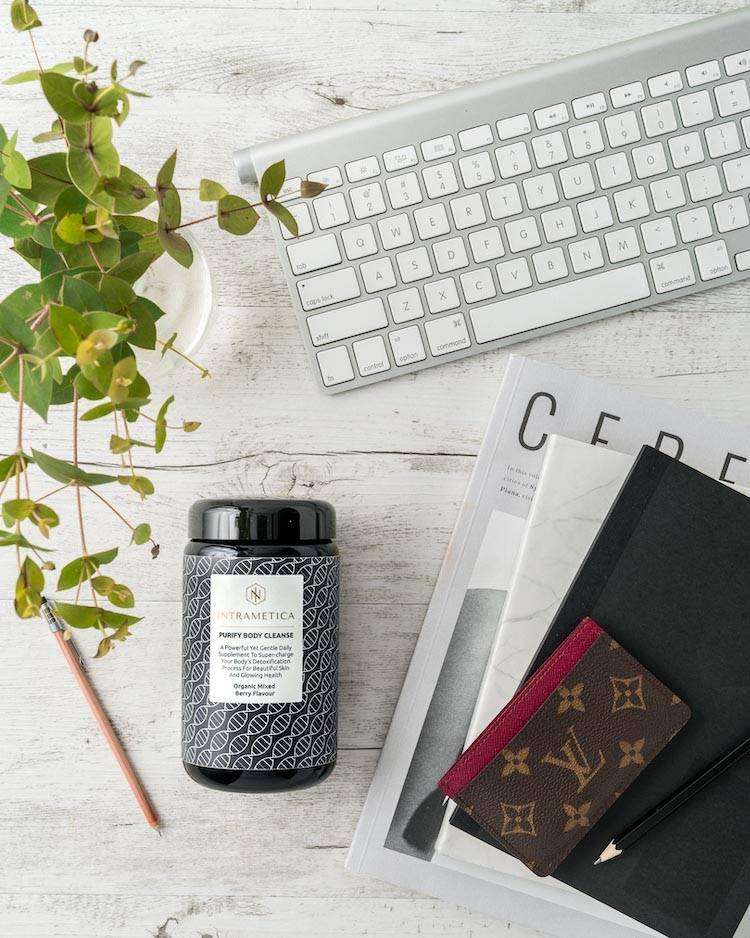
Try Intrametica’s nutraceutical supplements for radiant skin and a healthy boost. Developed by a naturopath with all-natural ingredients for all
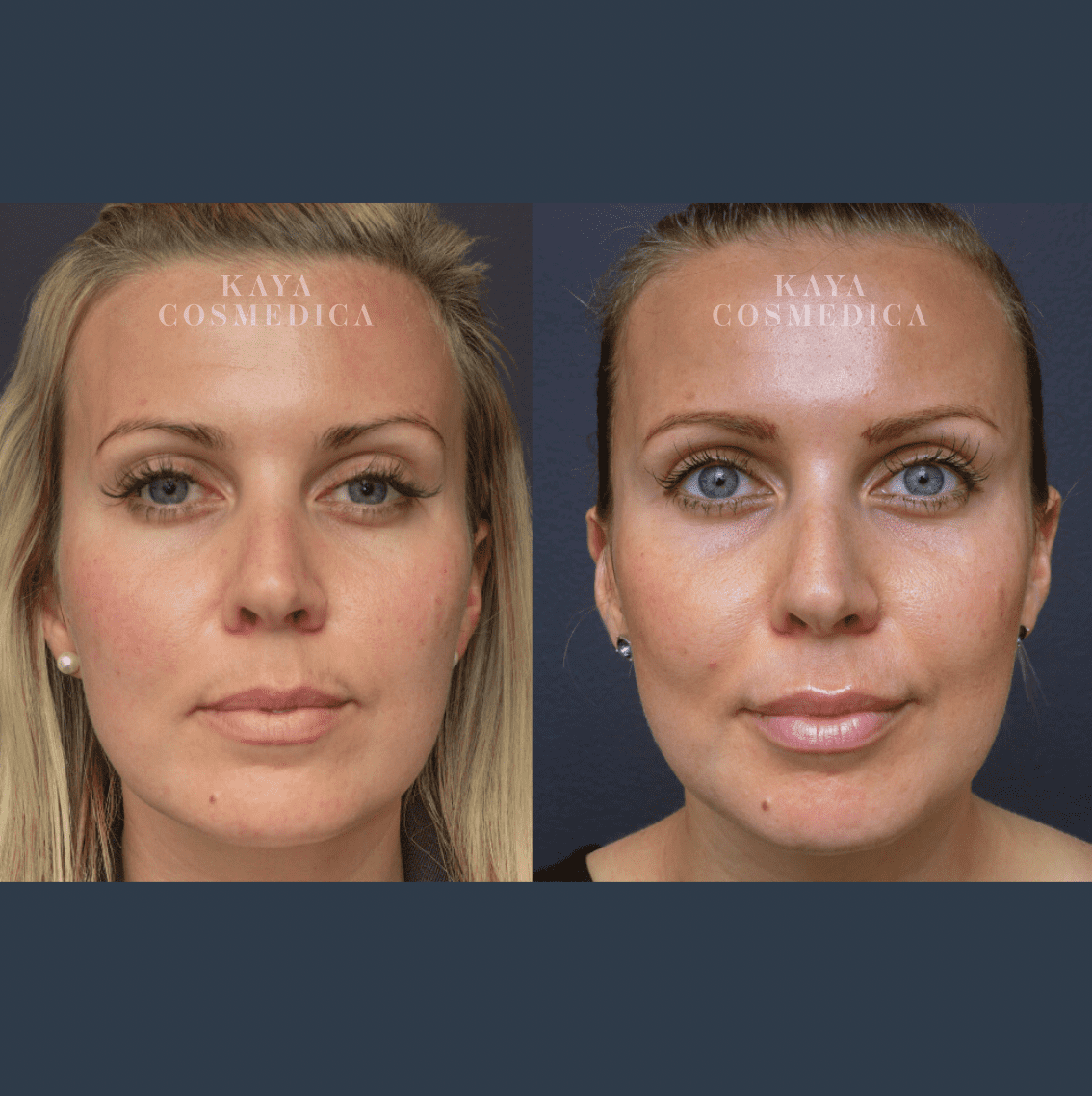
Dr. Khinda provides exceptional results and patient safety with bespoke treatment regimens tailored to each patient’s unique needs. Book your